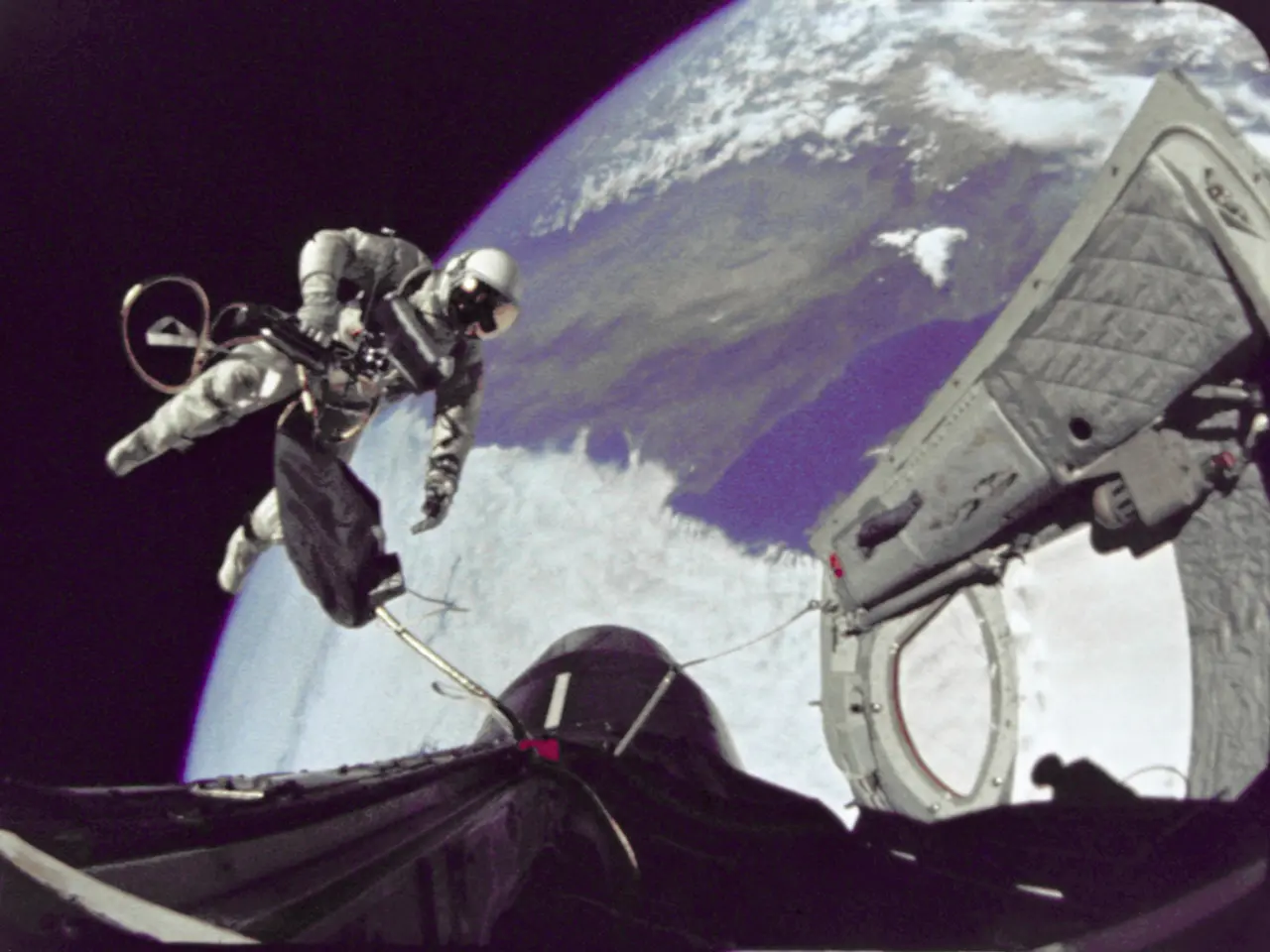Space Maneuver Technique - Detailed Description & Clarification - Space Travel Terminology Guide
Gravity assist maneuvers, also known as slingshot maneuvers, are playing a crucial role in the future of space exploration. These maneuvers, which harness the gravitational energy of celestial bodies, are becoming increasingly important as technology advances and missions become more ambitious.
The process begins with precise trajectory planning. Scientists calculate the optimal path that allows the spacecraft to pass close enough to the gravitational influence of a celestial body to achieve the desired velocity change while minimizing fuel usage.
The maneuver relies on the gravitational influence of the celestial body. As the spacecraft approaches the planet, it enters the planet's gravitational field. By carefully timing the approach and the path around the planet, spacecraft can either gain speed by flying behind the planet or lose speed by passing ahead of it.
The spacecraft follows a hyperbolic trajectory relative to the planet. This means it does not enter into orbit around the planet but instead uses the planet's gravity to change its path and velocity relative to the Sun.
The spacecraft is guided to pass close to the planet. The exact path is crucial because it determines the amount of velocity change achieved. After the gravity assist, small corrections may be needed to refine the spacecraft's trajectory to ensure it reaches its intended destination accurately.
One of the primary benefits of using gravity assist maneuvers is the conservation of fuel. These maneuvers allow spacecraft to travel further and faster with minimal fuel consumption. This is particularly useful when a spacecraft needs to conserve fuel or when it needs an extra boost in speed.
Gravity assist maneuvers have been instrumental in gathering valuable data and images of distant celestial bodies. For instance, the Voyager 2 mission, launched by NASA in 1977, used multiple gravity assist maneuvers to visit Jupiter, Saturn, Uranus, and Neptune. The New Horizons mission, which flew by Pluto in 2015, also used a gravity assist maneuver around Jupiter to increase its speed and trajectory towards Pluto.
Gravity assist maneuvers are a powerful tool in unlocking new possibilities in exploring the mysteries of the universe. They have enabled successful missions such as Voyager 2 and New Horizons to reach and study various planets and dwarf planets in our solar system. As we continue to push the boundaries of space exploration, gravity assist maneuvers will undoubtedly continue to play a crucial role in shaping our understanding of the cosmos.
Space missions relying on science and technology harness the power of gravity assist maneuvers, like the slingshot maneuvers, to explore different celestial bodies. For instance, the Voyager 2 and New Horizons missions used these maneuvers to collect data from various planets and dwarf planets, expanding our knowledge about the universe.




